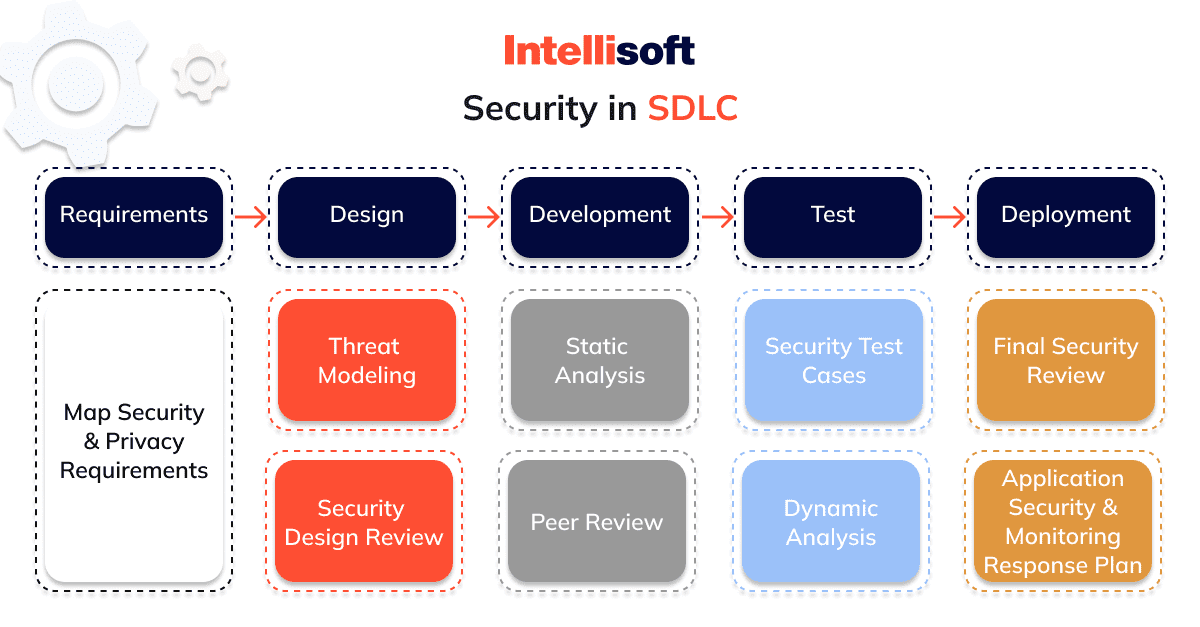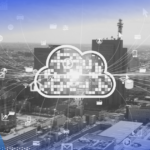How to Keep Your Software Secure: Best Practices for Protection – How to Keep Your Software Secure Best Practices for Protection opens the door to understanding the critical measures necessary to safeguard your digital assets. In our increasingly interconnected world, ensuring the integrity and safety of software has never been more vital. With cyber threats becoming more sophisticated, it’s essential to stay informed about effective strategies and best practices that can significantly reduce risks.
From understanding the various types of potential vulnerabilities to employing the latest tools and technologies, this discussion will guide you through the necessary steps to maintain your software’s security. Whether you’re a developer, a business owner, or simply someone who values digital safety, the insights shared here will be invaluable in navigating the complex landscape of software protection.
Welcome to the digital age, where information is at our fingertips, and the world feels more interconnected than ever before. With the rise of technology, our lives have seen significant transformations. From how we communicate to how we work and socialize, the influence of technology is undeniable. In this article, we’ll explore the multifaceted impact of technology on society, covering various aspects such as communication, education, healthcare, and the economy.
### The Evolution of CommunicationOne of the most profound changes brought about by technology is the way we communicate. Gone are the days when people relied solely on handwritten letters or landline phones. Today, we can connect with anyone around the globe in an instant, thanks to smartphones and social media platforms. Apps like WhatsApp and Facebook Messenger allow us to share messages, photos, and videos seamlessly, bridging gaps that once seemed insurmountable.Moreover, video conferencing tools like Zoom and Microsoft Teams have transformed the way we conduct meetings and collaborate in the workplace.
Remote work has become more feasible and, in many cases, preferable. Employers and employees alike have discovered the benefits of flexibility, enabling a more balanced work-life integration.### Technology’s Role in EducationEducation is another area significantly influenced by technological advancements. The traditional classroom model is evolving, with online learning gaining traction due to its convenience and accessibility. Platforms like Coursera and Khan Academy offer courses on a wide range of subjects, allowing learners to study at their own pace.
This democratization of knowledge means that anyone with internet access can pursue their academic interests, regardless of geographical or financial barriers.Furthermore, the introduction of digital tools in classrooms has transformed the learning experience for both teachers and students. Interactive whiteboards, educational apps, and virtual reality simulations create immersive environments that enhance engagement and retention. Teachers can now cater to diverse learning styles, making education more inclusive and effective.### Advancements in HealthcareIn the healthcare sector, technology has revolutionized patient care and treatment methodologies.
Telemedicine has emerged as a crucial service, especially highlighted by the recent pandemic. Patients can now consult with medical professionals from the comfort of their homes, reducing the need for in-person visits. This not only saves time but also minimizes the risk of spreading infections.Moreover, advancements in medical technology, such as AI-powered diagnostic tools and robotic surgery, have improved accuracy and outcomes in treatment.
Wearable devices like fitness trackers and smartwatches monitor health metrics, empowering individuals to take charge of their well-being. These innovations are paving the way for a more proactive approach to health management.### Economic Implications of TechnologyThe economic landscape has also been reshaped by technological progress. The rise of e-commerce platforms like Amazon and Alibaba has transformed the retail sector, allowing businesses to reach a global audience.
Consumers enjoy the convenience of shopping from their couches, leading to a shift in traditional brick-and-mortar stores.Additionally, the gig economy has flourished due to technology, with platforms like Uber and TaskRabbit providing flexible job opportunities for millions. This shift has allowed individuals to diversify their income streams and gain independence in their work arrangements. However, it also raises questions about job security and benefits, leading to ongoing debates about labor rights in the modern economy.### The Social Impact of TechnologyWhile technology has fostered positive changes, it also raises concerns regarding social interactions.
The prevalence of social media can lead to feelings of isolation and anxiety, particularly among younger generations. The pressure to maintain a perfect online persona often results in mental health challenges, highlighting the need for digital literacy and responsible usage.Moreover, the digital divide remains a pressing issue, as not everyone has equal access to technology. Disparities in access to the internet and devices create inequalities in education and employment opportunities.
Bridging this gap is essential for ensuring that all individuals can benefit from technological advancements.### The Future of Technology in SocietyAs we look to the future, it’s evident that technology will continue to shape our lives in unprecedented ways. The rise of artificial intelligence and machine learning promises to bring further innovations across various sectors. However, as we embrace these advancements, we must also consider ethical implications and strive for responsible development.Regulations around data privacy and security are becoming increasingly necessary, as our reliance on technology grows.

Striking a balance between innovation and ethical considerations is crucial to ensuring that technology serves as a force for good in society.### ConclusionIn conclusion, technology’s impact on society is profound and multifaceted. It has transformed communication, education, healthcare, and the economy, offering both opportunities and challenges. As we navigate this ever-evolving landscape, it’s essential to embrace the benefits while remaining vigilant about the potential pitfalls.
By fostering an inclusive and responsible approach to technology, we can create a future that maximizes its positive effects on society, empowering individuals and communities alike.



